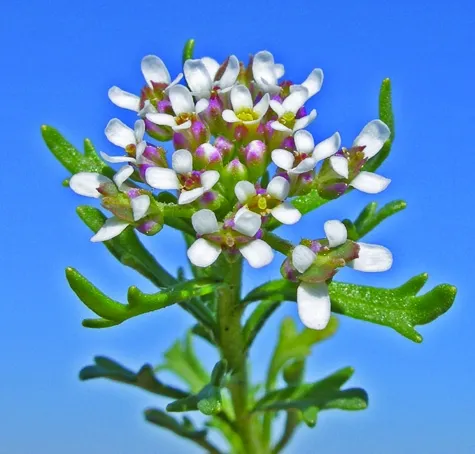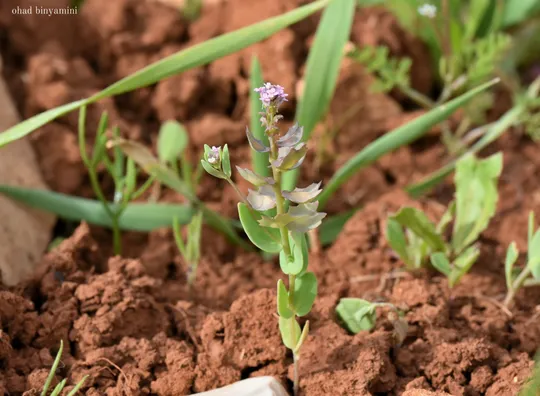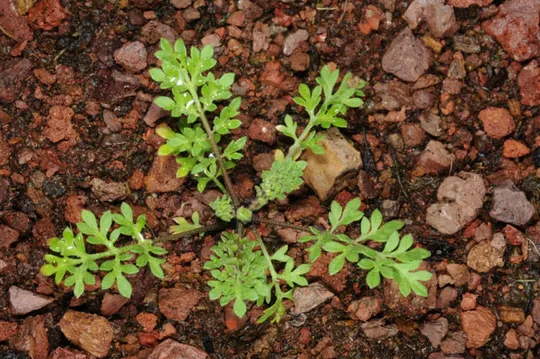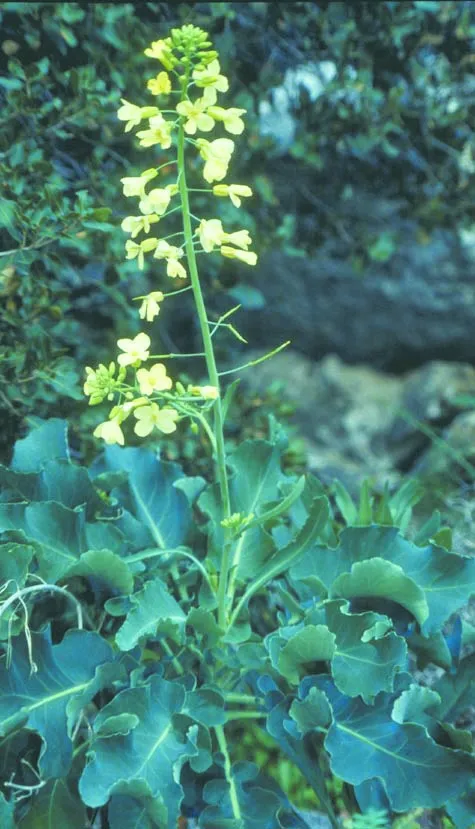Arabian Stock
Matthiola arabica
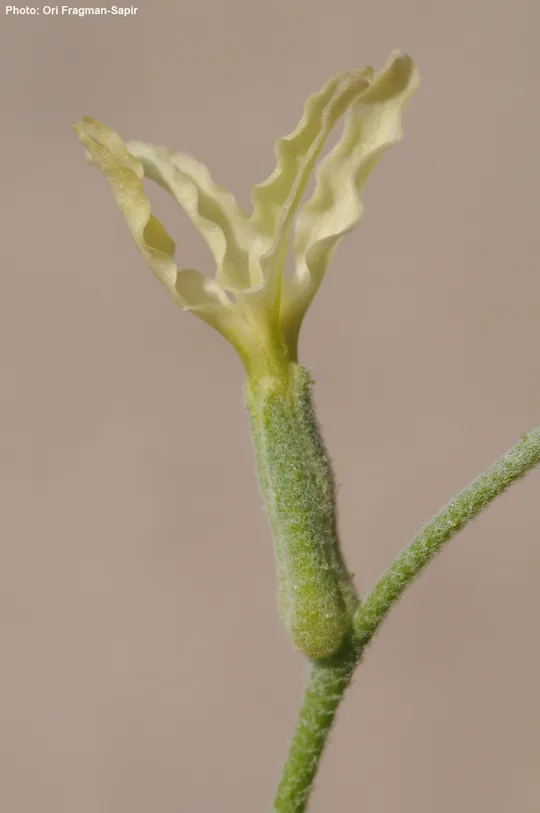

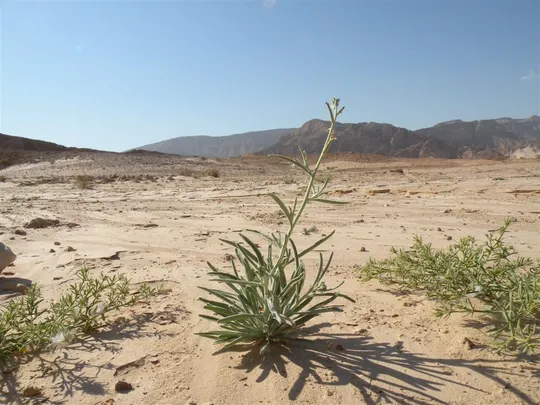
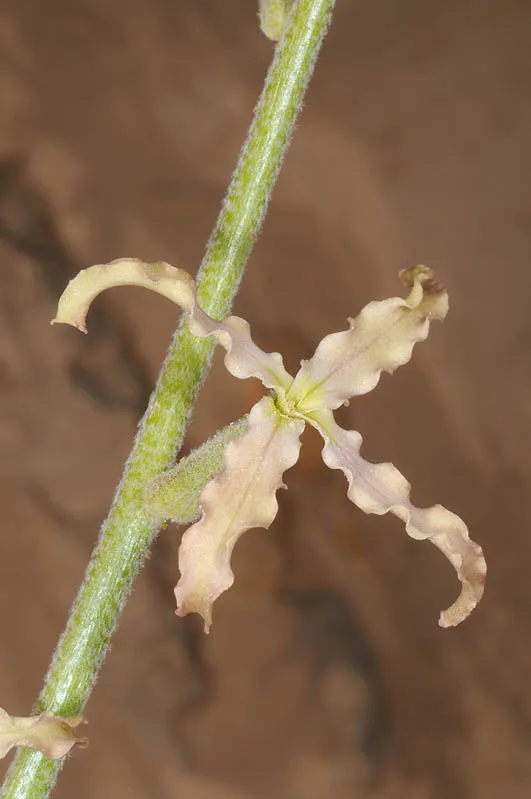
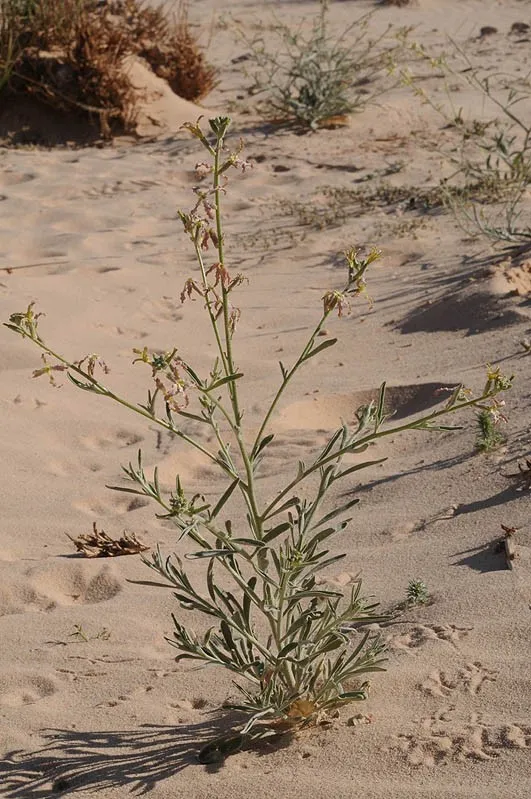
Matthiola arabica is found in the Elat
Mountains and the southern Arava at five sites, and there may be an
estimated seven sites. In the Elat Mountains, it is located at three sites in
the Timna area: Wadi Nimra,
Wadi Mangan and Amram's
Pillars. In the Arava it was observed at two sites – Samar and the Elot fields.
In the Elot fields it appeared after a flood from Wadi Ram in Edom and it was
probably carried by the sediment from this region. In the Flora Palaestina M.
arabica is noted from
the southern Negev, but no herbarium sheets or other evidence of this were
found.
Sandy wadis and
plains in the extreme desert. In Southern Sinai, it also grows in rocky granite
wadis at altitudes of 1000 meters or more.
The genus Matthiola comprises 55 Mediterranean and desert species, dwarf
shrubs and annual and perennial herbaceous species. M. incana is a perennial
Mediterranean species, which has been cultured and became a popular cut flower.
In the Sahara and Arabian deserts (including the Negev) a number of very
variable annual species are found (M.
longipetala, M. aspera and M. livida), which were recently merged into
one species, M. longipetala. In the most extreme desert, in areas where the
annual precipitation averages about 40 mm and below, the annual Matthiola
plants have become rarer,
apparently because their seeds do not survive extended periods of drought. They
are replaced in our region by M. arabica, usually a perennial species, that survives the
dry years. In dry periods most of the foliage above the ground dries up and
only its base remains viable. In this manner, it reduces the amount of transpiration
from the plant.
·
Reliable observations of Matthiola arabica indicate the
existence of a very small number of sites in the extreme south of Israel.
However, because of the large annual variations in annual precipitation and
flood flows in the area of Elat and the Southern Arava, it is likely that from
time to time individual plants may develop from soil seed banks and appear in
additional sites.
·
The lack of information regarding M. arabica from systematic surveys makes it
difficult to provide an exact assessment of the status of its populations. The
current trend of consecutive dry years in the Southern Arava and Elat may lead
to local extinctions.
·
Some of the M. arabica sites that are documented with
certainty – Wadi Mangan and Amram's Pillars – are located within the boundaries
of the Elat Massif Reserve. The sites in Wadi Nimra and in the
Elot fields
are not located within a nature reserve.
·
There is no complete information
available regarding its global threat status. In the list of Egypt's threatened
species, it has been classified as Vulnerable in the Santa Katerina area.
A systematic
survey of the Elat area and the southern Arava should be conducted to locate
additional Matthiola arabica
populations, to
study their phenology and natural history and to monitor extant populations.
Matthiola arabica grows in Sinai, Egypt and in
the Elat area in southern Israel. It is also found in the Edom Mountains in
southern Jordan and in eastern and northern Saudi Arabia.
Matthiola
arabica is an extremely rare perennial plant that grows in the
Southern Arava and Elat Mountains in a small number of sites. Field surveys
should be conducted to provide an evidence based assessment of the species' threat
status and its conservation.
Current Occupancy Map
| 1000 squre meter pixel | 5000 squre meter pixel | 10000 squre meter pixel | |
|---|---|---|---|
| number of observations | 0 | 0 | 0 |
| in total pixels | 0 | 0 | 0 |
| Family | Brassicaceae |
| Classification | On the endangered species list |
| Ecosystem | Extreme Desert |
| Chorotype | Saharo - Arab |
| Conservation Site | Wadi Nimra |
| Rarity |
1
4
6
|
|---|---|
| Vulnerability |
0
2
4
|
| Attractiveness |
0
0
4
|
| Endemism |
0
0
4
|
| Red number |
1
3.2
10
|
| Peripherality | 0 |
| IUCN category | DD EW EX LC CR EN VU NT |
| Threat Definition according to the red book | Vulnerable |
 Based on:
Based on:
